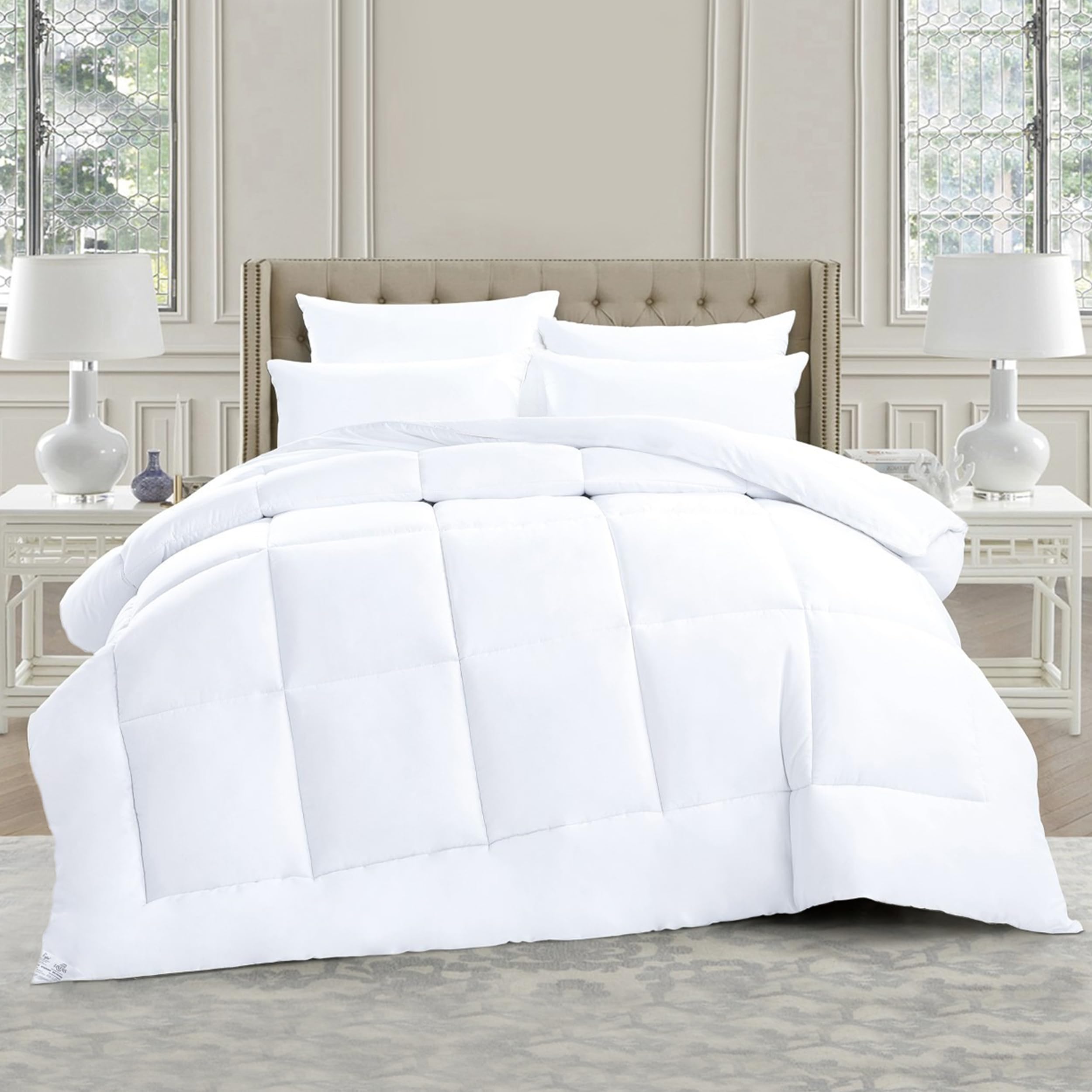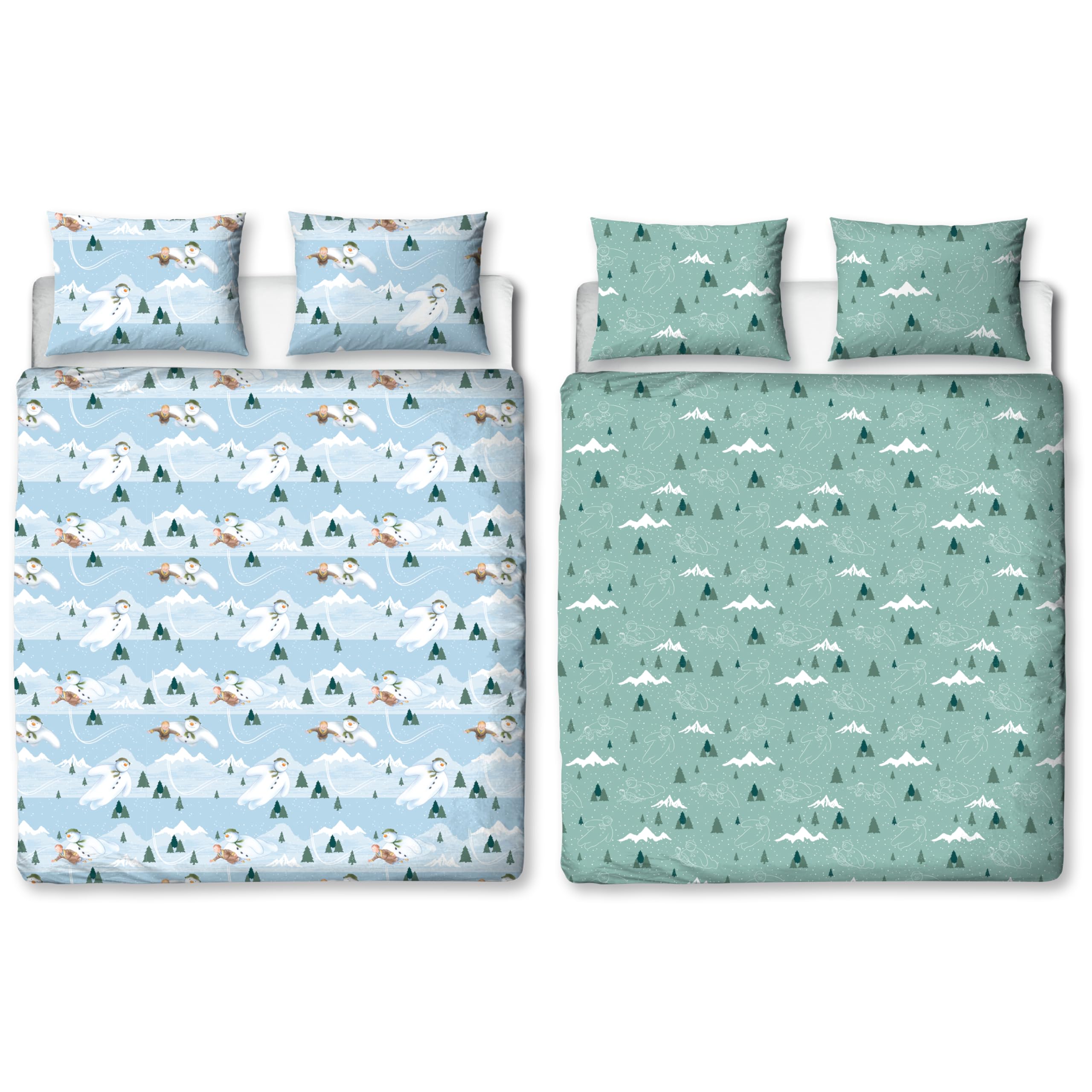Duvets work quietly in the background for years, which makes it easy to miss the moment when they need replacing. A tired duvet traps heat unevenly, smells musty even after airing, and looks flat no matter how much you fluff it. This UK guide explains typical lifespans for different fills, clear signs it is time to upgrade, and small maintenance habits that keep a good duvet feeling better for longer.
Seasonal warmth usually comes from duvets that balance weight and airflow in UK bedrooms.
Typical lifespans by fill
Synthetic microfibre duvets often last around five years with regular use before loft fades and clumping becomes noticeable. Down and feather duvets can last longer, often eight to ten years or more, if cared for well and dried thoroughly after washing. Wool duvets sit between these ranges and tend to maintain performance if kept dry and aired regularly. Quality and usage patterns vary, so treat these as guides rather than rules.
Signs a duvet is past its best
If the duvet looks flat and patchy even after a good shake, warmth will be uneven during the night. If you notice cold spots, it is a strong sign the fill has shifted or collapsed. Persistent smells that do not lift after a full airing or a proper wash indicate the fibres are retaining moisture. Feathers poking through or seams failing also point to the end of useful life. If you routinely wake too hot or too cold under a duvet that used to feel right, the insert may no longer match its stated tog in practice.
Maintenance that extends life
Use a duvet cover and wash it weekly. Air the duvet on dry days and shake it daily to redistribute fill. Avoid sitting on the duvet for long periods, which compresses fibres. When washing, use a machine big enough to let the insert move freely and dry thoroughly with dryer balls to restore loft. Store off season duvets in breathable bags in a dry cupboard rather than in plastic.
When to change tog rather than replace
Sometimes the duvet is fine but your needs have changed. If you have insulated the home or changed mattress and sheets, adjust tog before replacing the insert. A 7 or 10.5 tog with breathable covers can feel better than a tired 13.5 that traps humidity. If you share a bed and pull at covers, consider separate duvets so each person can choose a suitable weight.
Recycling and reuse
Clean duvets in good condition can be donated to animal shelters or offered on local sharing groups, especially if they no longer suit your tog needs. Check with charities for current policies. If the duvet is no longer usable, check local council guidance for textile recycling. Remove covers and wash before donation to keep items useful.
Upgrades by season and fill are grouped in duvets for UK homes. A fresh insert usually pairs with breathable sheets and a quiet mattress protector so it stays fresh longer.
FAQs
How often should I replace a duvet?
Every five to ten years depending on fill and care. Replace sooner if it is flat, smelly, or warms unevenly.
Can washing restore a flat duvet?
Washing and thorough drying with dryer balls can revive loft temporarily. If clumping returns quickly, replacement is due.
Why does my duvet feel warmer than it used to?
Clumped areas can trap heat while other parts feel thin. Body changes, new mattresses, and warmer rooms also change how a tog feels. Reassess your setup and upgrade if needed.





